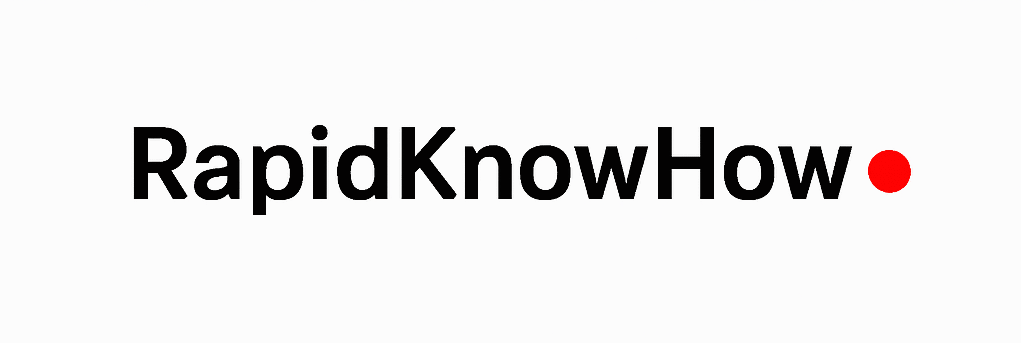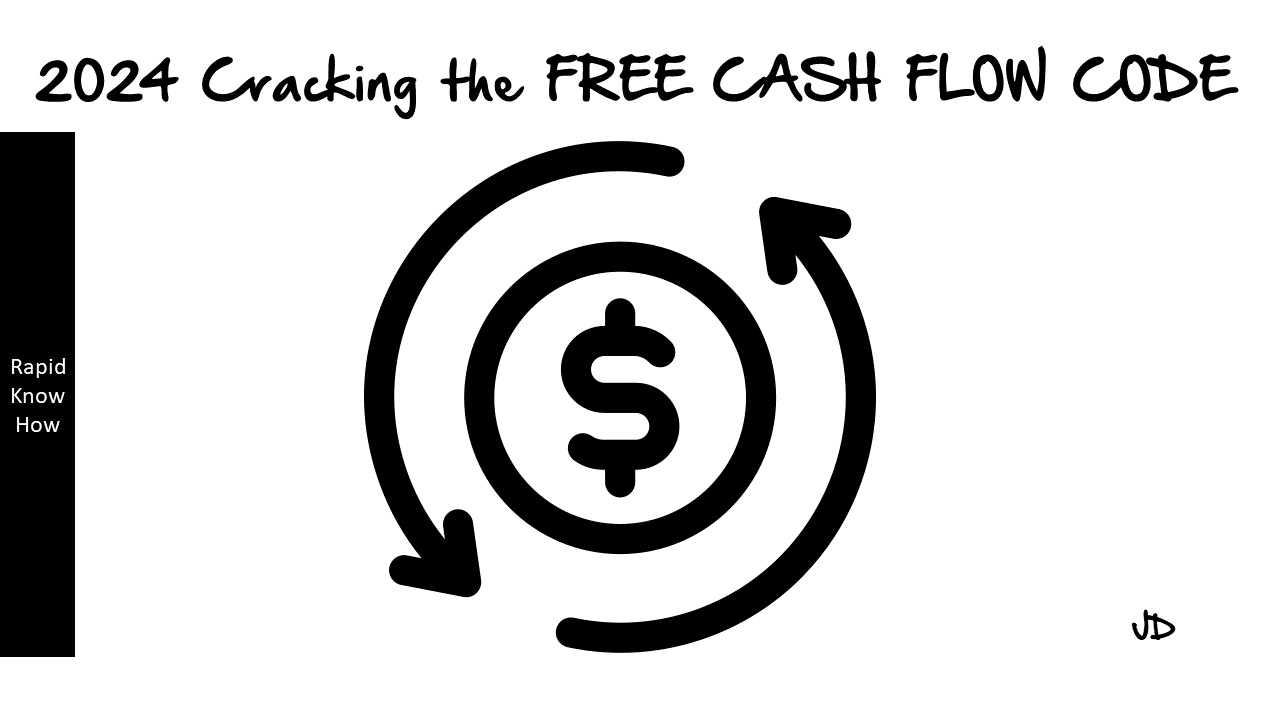The RapidKnowHow Century Cash-Flow Formula
The Century Cash-Flow Formula Pattern is a strategic framework that identifies the key factors enabling businesses to maintain sustainable cash flows for over a century. It is built on historical analysis of companies that have thrived across economic cycles and leverages insights from value investing principles.
Century Cash-Flow Formula Pattern
1. Durable Economic Moat
- Competitive Advantages: Brand power, network effects, switching costs, economies of scale, or proprietary technology.
- Industry Positioning: Market leaders in essential industries (e.g., industrial gases, consumer staples, and infrastructure).
2. Resilient Revenue Model
- Recurring Revenue Streams: Subscription models, service contracts, long-term supply agreements.
- Pricing Power: Ability to pass costs to consumers without losing demand.
- Diversified Customer Base: Reducing reliance on a single segment or region.
3. Efficient Capital Allocation
- Reinvestment in Core Business: Expanding moats rather than excessive diversification.
- Disciplined Mergers & Acquisitions: Acquiring high-cash-flow businesses at fair prices.
- Shareholder-Friendly Policies: Balanced dividend payouts and buybacks without harming future growth.
4. Cost Control & High Margins
- Lean Operating Model: Consistently high operating margins.
- Supply Chain Mastery: Strategic supplier relationships and vertical integration when necessary.
- Automation & Productivity: Use of AI, robotics, and software for cost efficiency.
5. Strong Financial Foundation
- Low Debt Relative to Earnings: Avoiding overleveraging to maintain financial flexibility.
- Positive Free Cash Flow: Consistently generating cash beyond operating needs.
- Resilient During Downturns: Ability to weather economic crises without massive layoffs or capital destruction.
6. Future-Proofing for 2030 and Beyond
- Technology Adaptation: Integrating AI, cloud computing, and digital solutions.
- Regulatory Agility: Navigating ESG and government policies proactively.
- Shifting Consumer Preferences: Sustainability, personalization, and digital engagement.
Implementation & Industry-Specific Analysis
This formula can be applied across various industries, including:
- Consumer Staples: Companies like Procter & Gamble and Nestlé thrive due to brand loyalty and pricing power.
- Technology & Software: Firms such as Microsoft and Adobe leverage recurring revenue models.
- Industrial Gases & Infrastructure: Companies like Linde and Air Products benefit from essential demand and long-term contracts.
- Financial Services: Investment firms and insurance companies rely on capital efficiency and risk management.
Would you like a tailored breakdown for a specific industry or company?
NEED HELP



